Overview
For a relatively small country, Portugal has an enviably diverse range of landscapes, making it the ideal destination for hiking holidays.
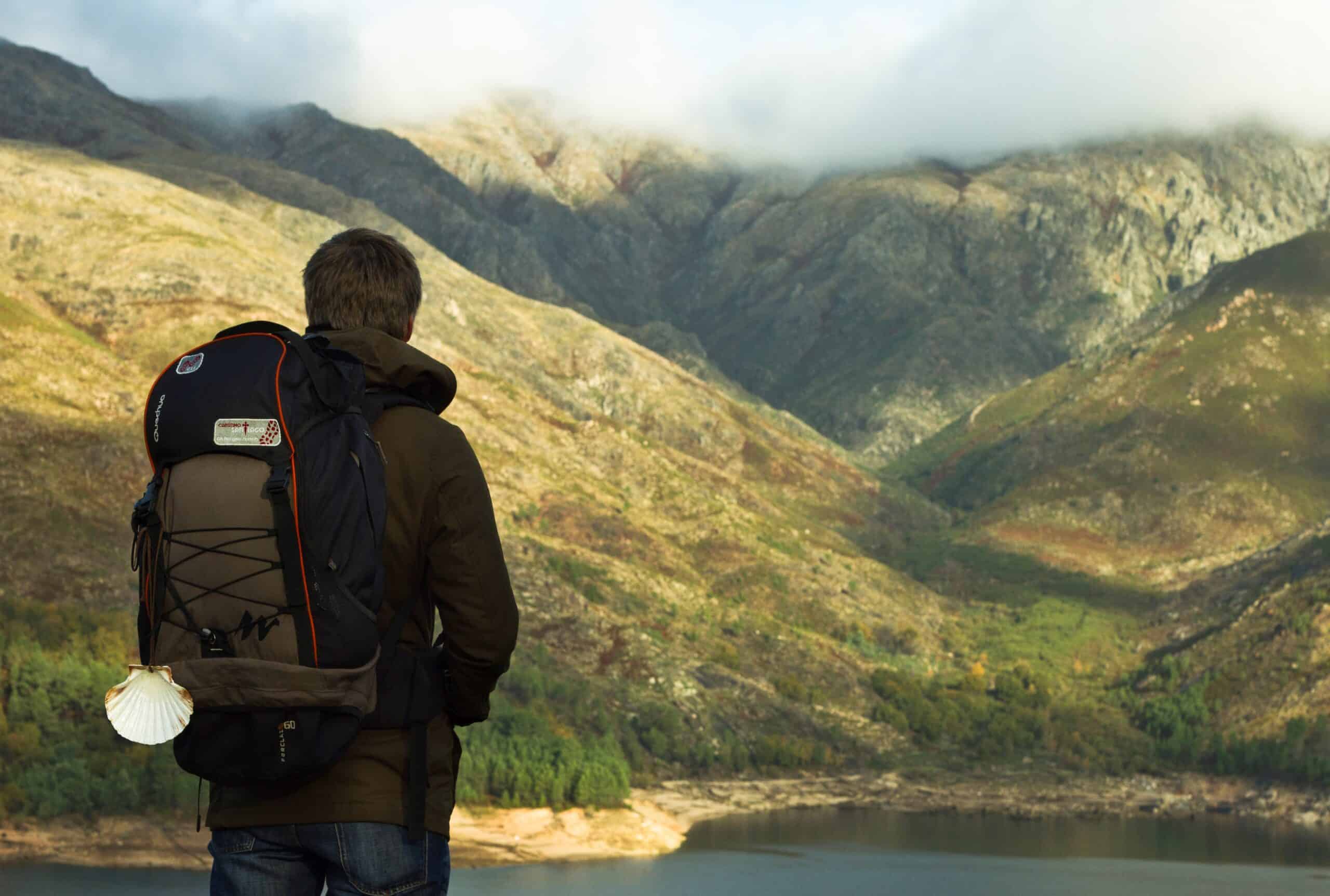 The granite mountains of the Serra da Estrela are Portugal’s highest range (peaking at 1993 metres). 400km of waymarked trails take you through a varied landscape of high plateaus, deep river valleys and green lowlands, joining up many of the central region’s most charming medieval villages. The serra is a high-altitude habitat unique from the rest of the country, with mild summers, snowy winters and a wealth of wildlife: boars, otters, golden eagles, peregrine falcons and the elusive Iberian wolf.
The granite mountains of the Serra da Estrela are Portugal’s highest range (peaking at 1993 metres). 400km of waymarked trails take you through a varied landscape of high plateaus, deep river valleys and green lowlands, joining up many of the central region’s most charming medieval villages. The serra is a high-altitude habitat unique from the rest of the country, with mild summers, snowy winters and a wealth of wildlife: boars, otters, golden eagles, peregrine falcons and the elusive Iberian wolf.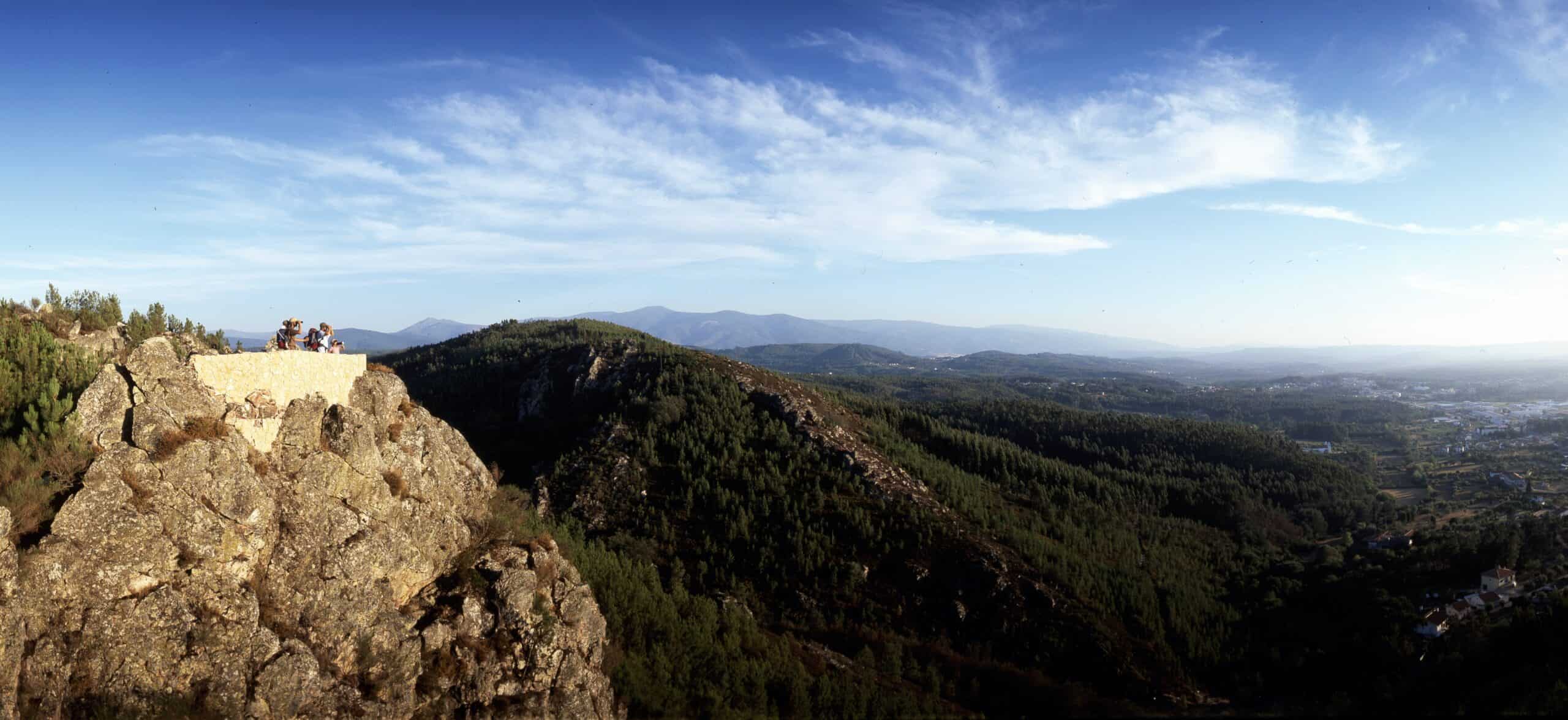 Moving south and west, the Aldeias do Xisto, or Schist Villages, are a collection of timeless, almost fairy tale hamlets spread across the peaks and valleys of Lousa, Acor and Muradal. Centuries of Portuguese history and tradition are preserved in the form of convivial B&Bs and cosy inns, by potters and weavers keeping ancient crafts alive, and through farmers whose dedication to the region’s hearty cuisine is the definition of ‘artisan’. Spending a week walking from Schist village to Schist village is truly an escape from the trappings of 21st century life.
Moving south and west, the Aldeias do Xisto, or Schist Villages, are a collection of timeless, almost fairy tale hamlets spread across the peaks and valleys of Lousa, Acor and Muradal. Centuries of Portuguese history and tradition are preserved in the form of convivial B&Bs and cosy inns, by potters and weavers keeping ancient crafts alive, and through farmers whose dedication to the region’s hearty cuisine is the definition of ‘artisan’. Spending a week walking from Schist village to Schist village is truly an escape from the trappings of 21st century life.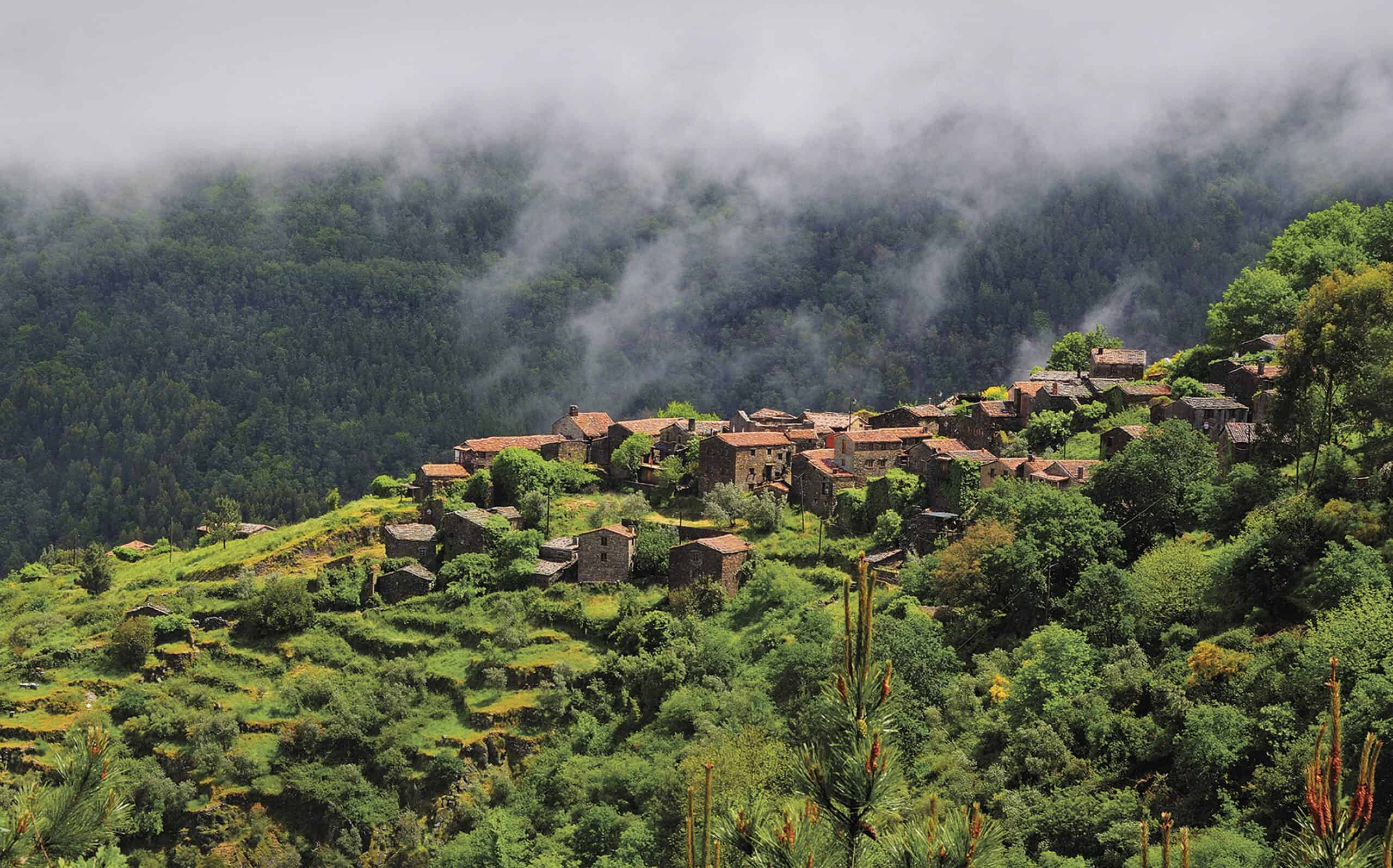 The jewel in the crown of Portugal’s walking network is the Rota Vicentina. This cross-region trail network was created in 2012 to help boost the local economies of southern Alentejo and the Algarve, and the benefits it’s brought to the economy of the southwest are remarkable.
The jewel in the crown of Portugal’s walking network is the Rota Vicentina. This cross-region trail network was created in 2012 to help boost the local economies of southern Alentejo and the Algarve, and the benefits it’s brought to the economy of the southwest are remarkable.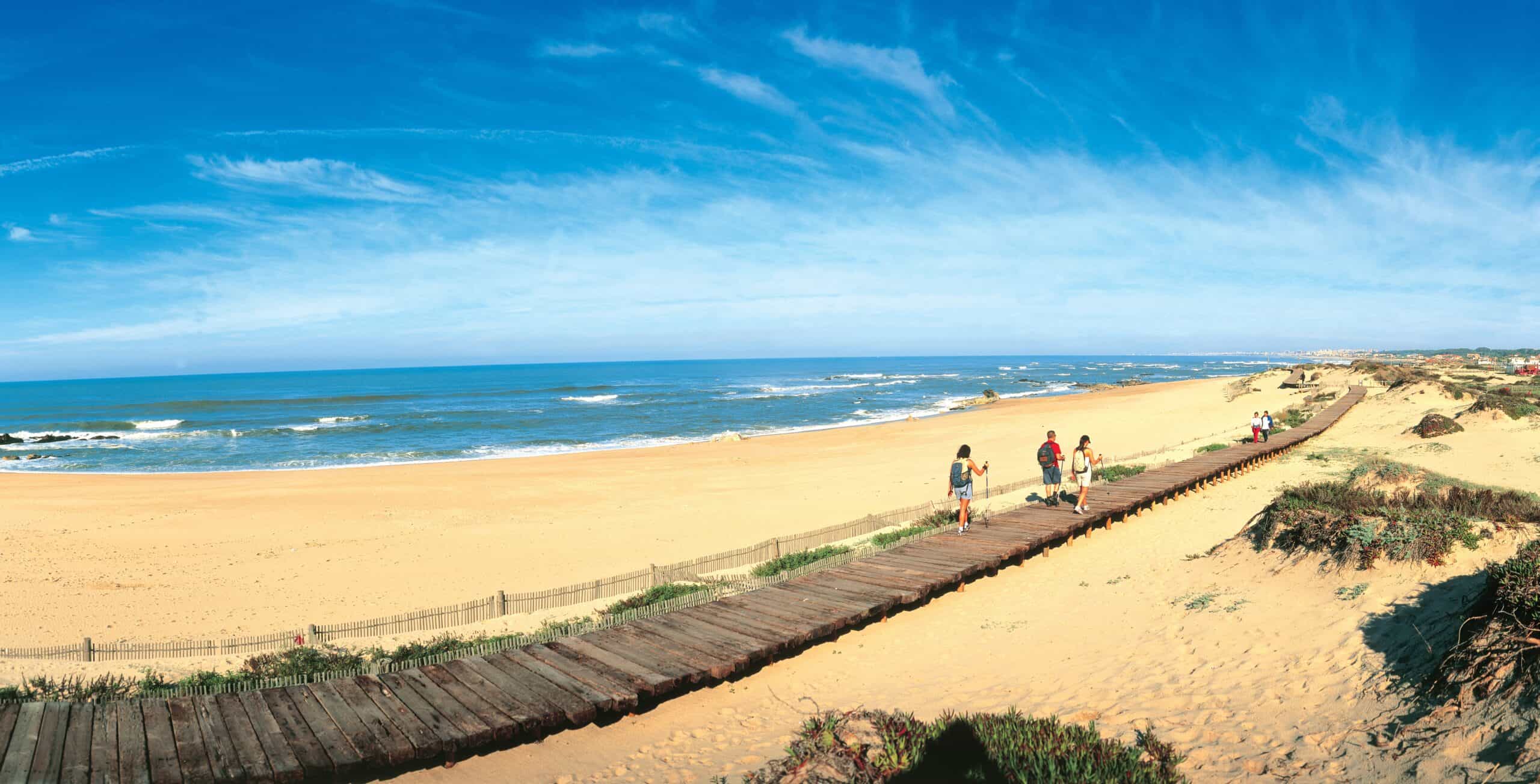 The routes are easily adaptable according to the distance and type of hikes you enjoy. The Historic Way is 263 km in length, divided into thirteen stages which are best enjoyed at a relaxed pace, matching the slow tempo of rural life. The 227 km Fisherman Trail is arguably one of the best coastal trails in Europe. The majority of the route is only accessible on foot, traversing remote cliffs, fishing grounds and obscure beaches, with the wild Atlantic Ocean as a backdrop.
The routes are easily adaptable according to the distance and type of hikes you enjoy. The Historic Way is 263 km in length, divided into thirteen stages which are best enjoyed at a relaxed pace, matching the slow tempo of rural life. The 227 km Fisherman Trail is arguably one of the best coastal trails in Europe. The majority of the route is only accessible on foot, traversing remote cliffs, fishing grounds and obscure beaches, with the wild Atlantic Ocean as a backdrop.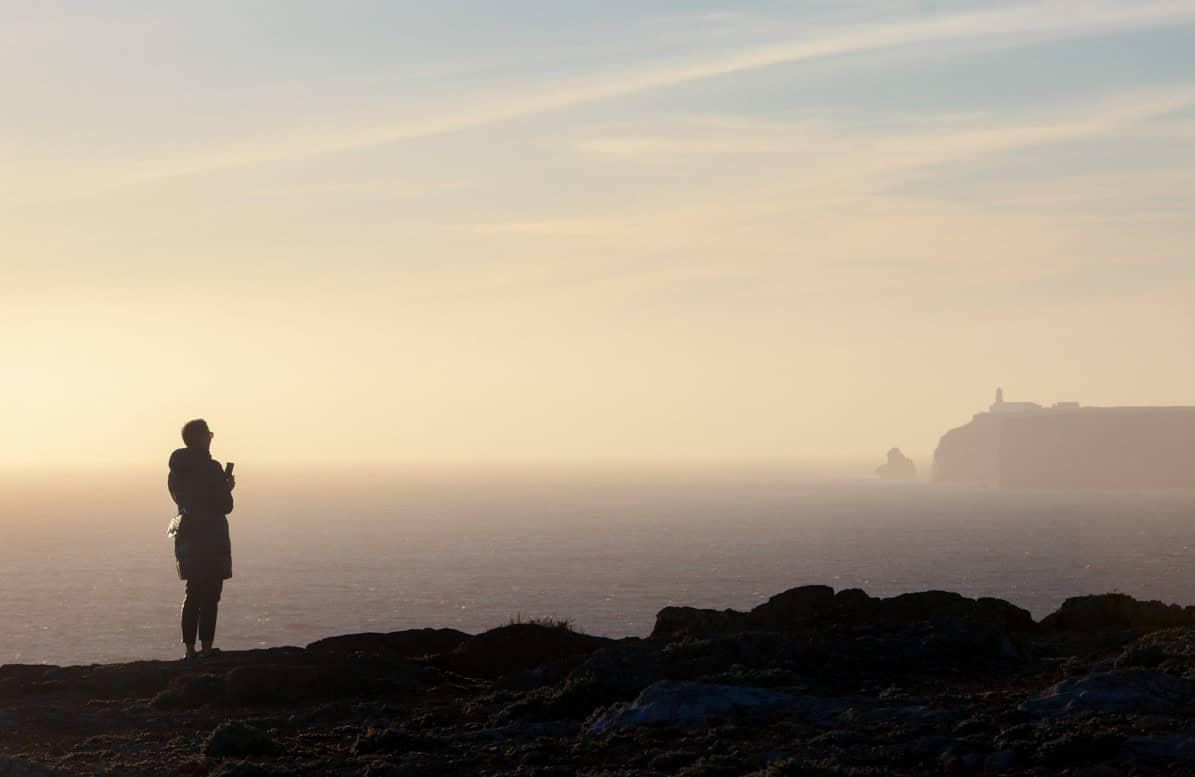









Follow us online